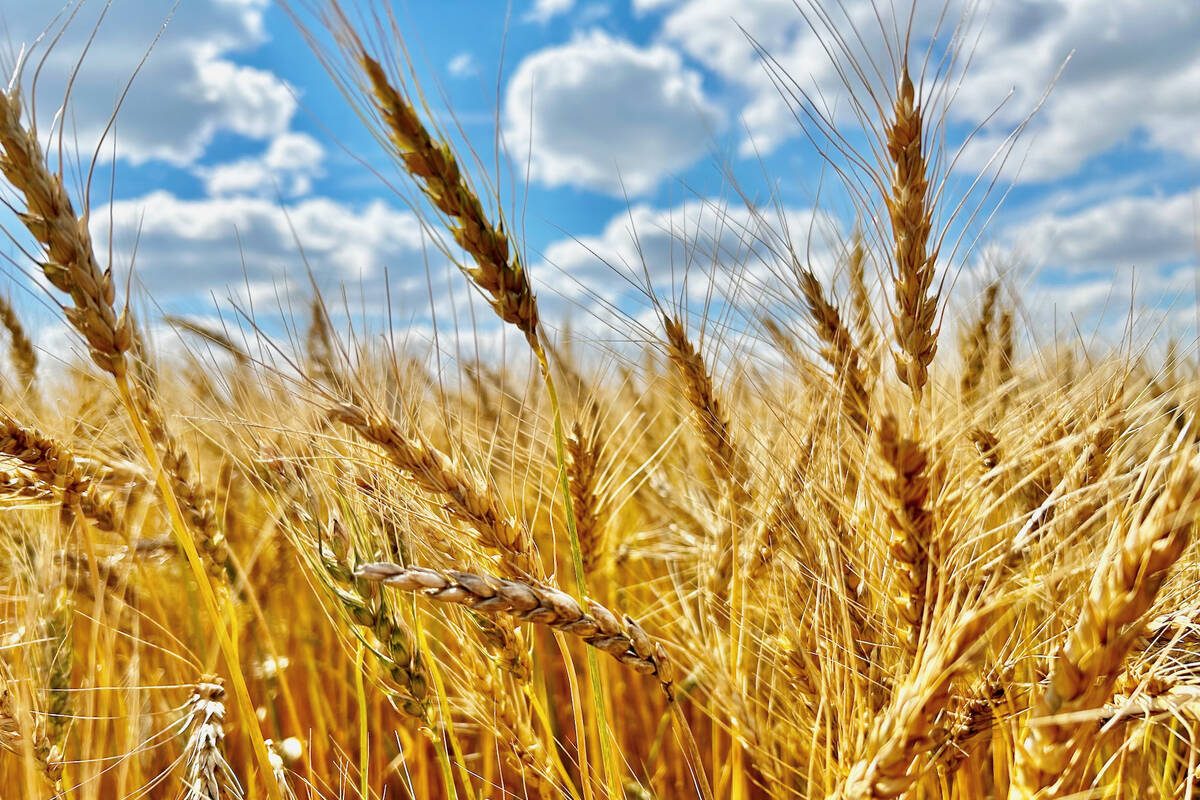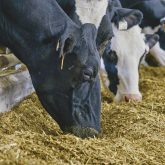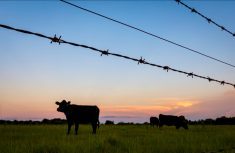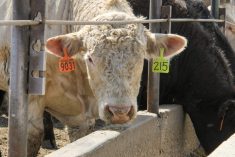MarketsFarm — The Canadian bison industry has been through some difficult times during the last few years but is now emerging from those doldrums, according to Manitoba Bison Association president Robert Johnson.
“Between the two drought years and the COVID-19 pandemic, then high feed prices, probably the last two years have been pretty crappy for bison prices,” he said.
Johnson pointed to the hard work the commercial marketers have undertaken to help overcome those tough years. He said they not only promote the meat but also the environmental and sustainable aspects of the bison industry.
Read Also

Expana lifts EU cereal forecasts, maize exceeds expectations
Expana has raised its monthly grain production forecast for European Union crops for the 2025/26 season, projecting soft wheat output will hit a record high and barley a 17-year high.
“Everyone is more and more aware that there’s bison raised in North America and [the meat] is a lot more readily available than it has ever been,” he stated, noting most of the major supermarket chains in the country carry bison products.
“We have emerged from bison being a kind of seasonal meat product to where it’s becoming more mainstream and readily available year-round,” Johnson added.
One of the main reasons for bison meat having been seen as seasonal was when the animals were usually auctioned — during the fall and winter months. Now, he said, bison are either sold through online auctions or privately.
There was one auction facility located at North Battleford, Sask., but he said it no longer offers such sales anymore.
“Our market is very, very small compared to the beef industry or anything like that,” Johnson said, so often it’s two people haggling their way to a fair price or watching an online auction.
“The bison business is a relationship business. There are people with good relationships with the producers and with people who are buying feed or to background,” he continued, noting the online sales have proven to be a boon to the industry.
Current calf prices are about $1,200-$1,500 and cows go for $2-$2.50/lb., maybe up to $2.75, according to Johnson.
“It’s definitely getting to the point where the cow-calf maybe seeing some profitability after a couple of poor years,” he commented.
Also, there are very few facilities that process bison meat. One is located in Colorado and the other at New Rockford, N.D. The latter, about 300 km south of Brandon, Man., is the only dedicated bison plant in North America.
“The animals shipped down there are processed and packaged, then shipped back into Canada,” he explained, noting the plants pay about US$4.25/lb. for males and US$3.90 for heifers.
A prime 30-month-old bull would likely weigh about 1,200 lbs. or more, of which it would yield a little more than 60 per cent in meat, Johnson said.
“There’s quite a bit of value in these animals,” he added.
Be it selling calves or bison up to 30 months, Johnson said it takes fair bit of “inventory management.” Calving season usually runs from mid-April to early June, so an older bison born now would not be sold until 2025. Then it’s grouping the herd by weight.
Along with the Canadian Bison Association, there are six provincial associations from British Columbia east to Quebec. In the U.S. there is the National Bison Association plus 15 state or regional associations.
— Glen Hallick reports for MarketsFarm from Winnipeg.

















